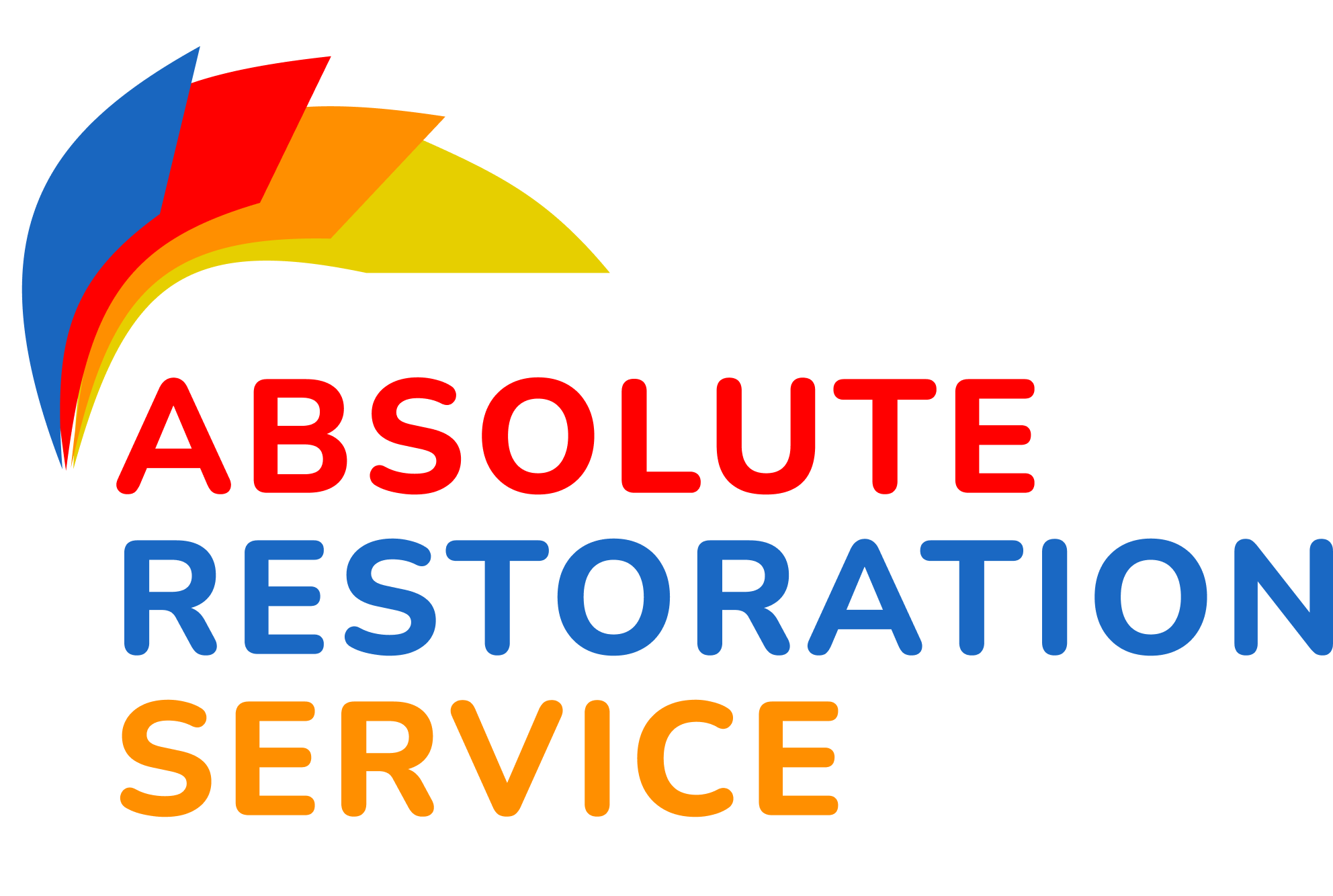Get Support
Get Support

It is always unfortunate when a house suffers a significant amount of water damage as the result of a flood. This makes flood damage restoration the need of the hour. Fortunately, the good news is that there are multiple avenues for flood damage restoration in Melbourne. Even if the water damage has caused a significant number of problems like mould, you can always go for water damage mould remediation, which will take care of any of your problems.
If you have adequately assessed the situation and gauged the damage level, then your flood damage restoration in Melbourne can become a much simpler process.
In the event of your home suffering water damage, these are the steps you need to take.
Outlets
The second you discover any signs of water damage in your home, you need to ensure that every single one of your electronics is unplugged without any delay even if you cannot gauge the severity of the water damage. This is an added level of caution that is necessary for gas lines and appliances. If you try to use any electrical equipment when there has been a significant amount of water damage, then you could be at the unpleasant end of an electrical shock.
Mould
While flood damage restoration can take care of any mould build-up, the first step is to find where the mould is. Mould tends to spread extremely quickly with most wet materials, showing mould development in periods of as less as 24 hours. To have proper water damage mould remediation, you need to find any regions where these mould infestations could have occurred and you need to shut down any kind of airflow that can allow this mould to spread.
Drying Up
Though you may have found a source of damage and you may feel that it’s too late to act, you can prevent any further damage from occurring by thoroughly drying out your entire home. This is a key component of flood damage restoration in Melbourne. You can employ the use of a dehumidifier or you can even use fans to dry out the wood and any other materials that may have been affected. While this will not prevent the growth of mould, it will help significantly lessen the damage.
Material Removal
Porous materials like your carpets or your home insulation tend to get soaked with water. In these situations, the first step towards your flood damage restoration should be to dispose of them immediately, so that you can avoid any build-up of mildew. Your primary focus should be on the floors and ceilings because your home structure is what is at a primary risk.
Disinfection
Mould is only one of the many undesirable growths that can occur in a house that is suffering water damage. A home that is filled with a lot of moisture will contain a significant number of bacteria. So, your first step towards water damage mould remediation should be to go on a sanitising spree and remove any damaged materials. For proper flood damage restoration in Melbourne, it is always recommended to thoroughly disinfect the damaged materials and have the entire area sprayed down before you commence with any additional processes. In fact, most flood damage restoration experts recommend that you spray and wipe down any affected surfaces with a healthy dose of bleach.
FOR IMMEDIATE ASSISTANCE CALL 24/7

